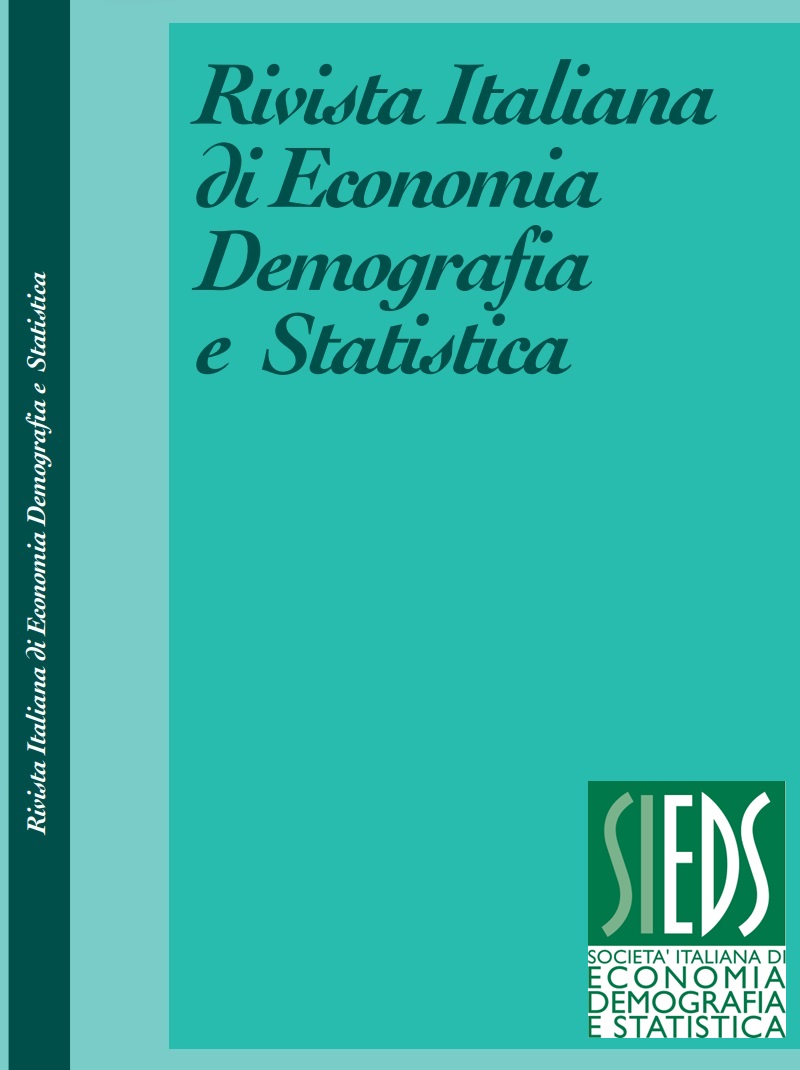Rebuilding a pseudo population register for estimating physical vulnerability at the local level: a case study of spatial microsimulation in Sondrio
DOI:
https://doi.org/10.71014/sieds.v78i1.222Abstract
A wide range of user groups, ranging from policy makers to media commentators, is increasingly seeking more detailed spatial information on health-related topics. This information is needed to gain a better understanding of their communities, more effectively allocate resources, and plan activities and interventions in a more efficient manner. However, due to the sensitivity of the topic of health, it can be challenging to obtain detailed or significant local data. To meet this need, small area estimation (SAE) methodologies are popular as a means of providing spatially detailed insights. Among the various SAE methodologies available, static spatial microsimulation has enabled the simulation of previously unknown variables, such as physical vulnerability, smoking, alcohol consumption, and obesity at the municipal level. This paper presents the initial results of application of static spatial simulation, in order to create synthetic population dataset and estimate "physical vulnerability" of elderly in the municipalities in the province of Sondrio. Physical vulnerability is measured by the prevalence of people who report suffering from chronic or long-term illnesses and who have limitations in their daily activities. A combinatorial optimization (CO) algorithm called simulated annealing, developed at the University of Leeds, is used to simulate the distributions of the "physical vulnerability". This algorithm combines public microdata from the Multiscopo Survey-Aspects of Daily Life-2021 and data from the 2021 Permanent Population Census, which are disseminated in Istat's public databases.
Downloads
Published
Issue
Section
License
Copyright (c) 2024 Alberto Vitalini, Simona Ballabio, Flavio Verrecchia

This work is licensed under a Creative Commons Attribution 4.0 International License.



